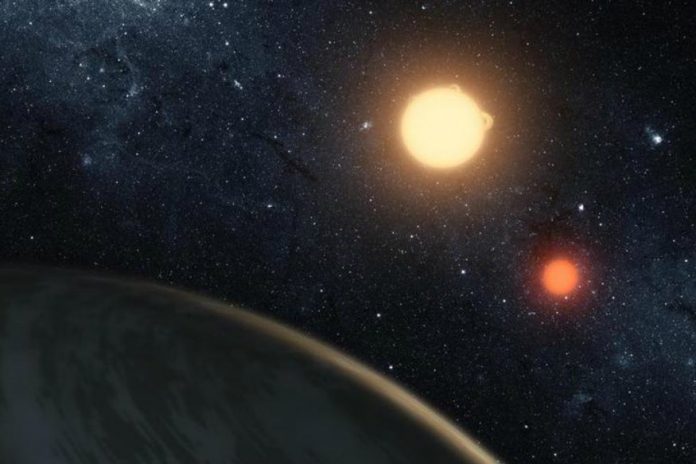Researchers developed a web-based interactive to showcase the constellations, with artwork from Aurore Simonnet, an illustrator at Sonoma State University in Rohnert Park, California, and a map of the whole gamma-ray sky from Fermi.
NASA has used certain characters from modern myths such as the “Hulk” and “Godzilla” to name its new set of 21 gamma-ray constellations constructed in celebration of its Fermi Gamma-ray Space Telescope’s 10th year of operations.
Fermi has mapped about 3,000 gamma-ray sources – 10 times the number known before its launch and comparable to the number of bright stars in the traditional constellations.
“For the first time ever, the number of known gamma-ray sources was comparable to the number of bright stars, so we thought a new set of constellations was a great way to illustrate the point,” NASA’s Goddard Space Flight Center’s Elizabeth Ferrara who led the constellation project said in a statement.
“Developing these unofficial constellations was a fun way to highlight a decade of Fermi’s accomplishments,” Julie McEnery, the Fermi project scientist at NASA’s Goddard Space Flight Center said.
Comic book fans who know the backstory of Hulk, the big, green, angry alter ego of Bruce Banner, whose experiments with gamma rays went terribly wrong, could easily appreciate NASA’s pick in naming one of its constellations.
Gamma rays are the strongest form of light. They pack enough punch to convert into matter under the right circumstances, a transformation both Banner and the Hulk would certainly appreciate.
NASA’s choice of Godzilla constellation is linked to its trademark weapon “heat ray,” a fiery jet. This bears at least a passing resemblance to gamma-ray jets associated with black holes and neutron stars.
Godzilla ranks as one of cinema’s most famous monsters and is among the most recognisable symbols of Japanese popular culture.
In the original 1954 movie, nuclear weapons tests disturb the creature’s deep ocean habitat, and it emerges from the sea to wreak havoc in Japan.
The 21 gamma-ray constellations also include famous landmarks – such as Sweden’s recovered warship, Vasa, the Washington Monument and Mount Fuji in Japan – in countries contributing to Fermi science.
Since 2008, Fermi’s Large Area Telescope (LAT) has been scanning the entire sky each day, mapping and measuring sources of gamma rays, the highest-energy light in the universe.
The emission may come from pulsars, nova outbursts, the debris of supernova explosions and giant gamma-ray bubbles located in our own galaxy, or supermassive black holes and gamma-ray bursts — the most powerful explosions in the cosmos — in others.
“Fermi is still going strong, and we are now preparing a new all-sky LAT catalogue,” said Jean Ballet, a Fermi team member at the French Atomic Energy Commission in Saclay.
“This will add about 2,000 sources, many varying greatly in brightness, further enriching these constellations and enlivening the high-energy sky!”















